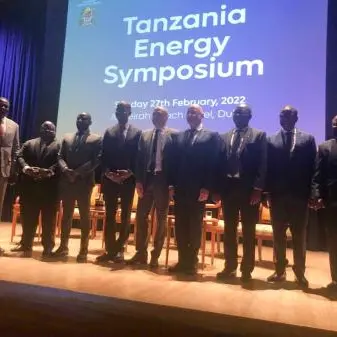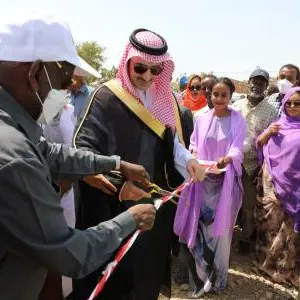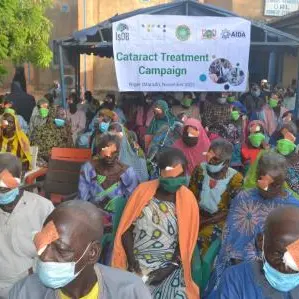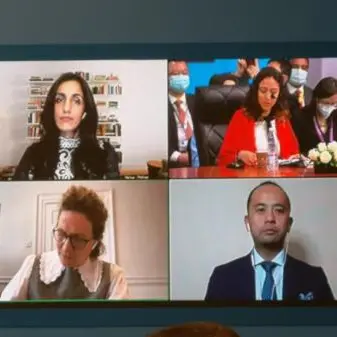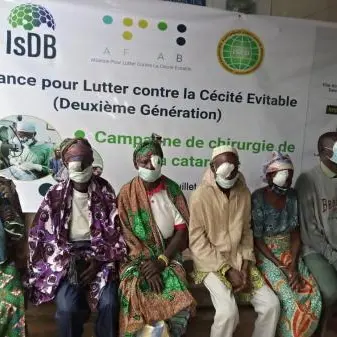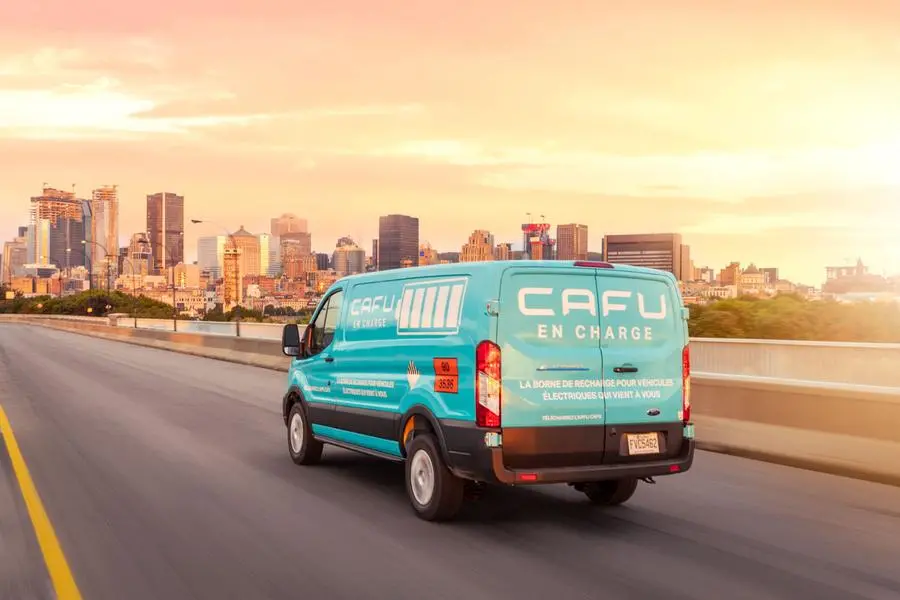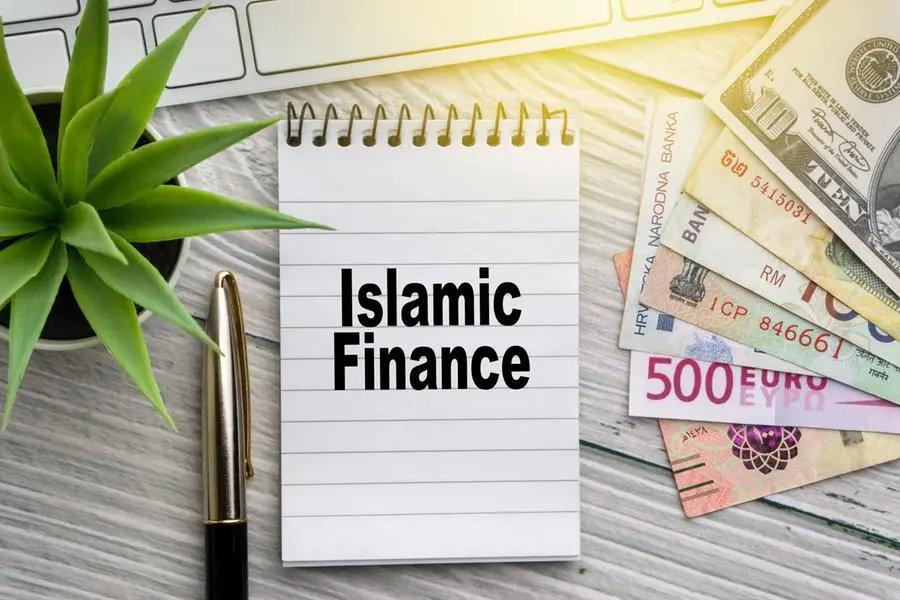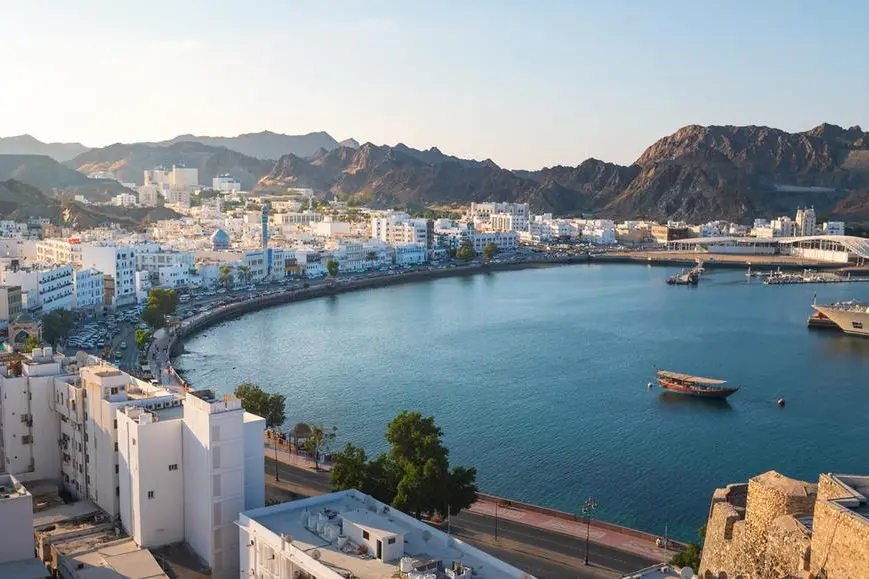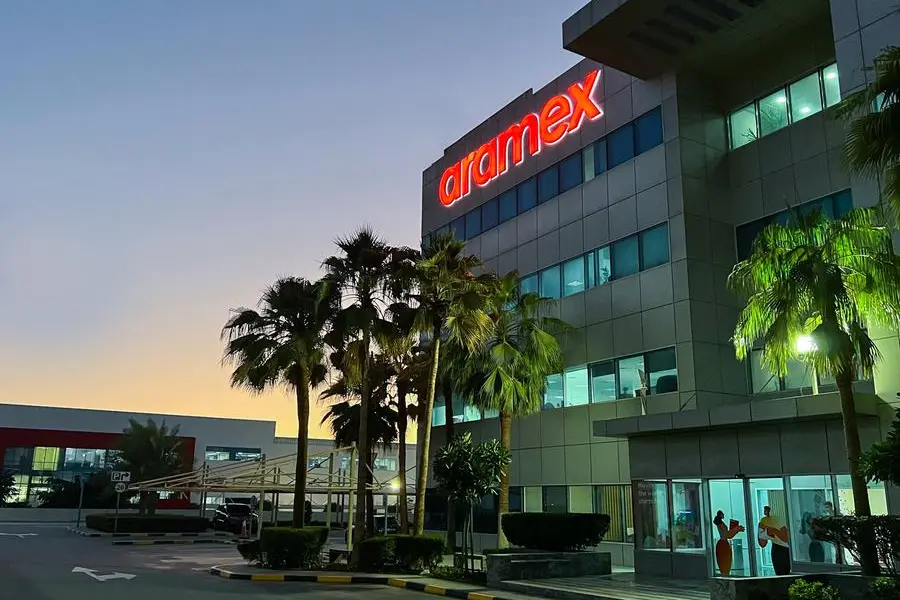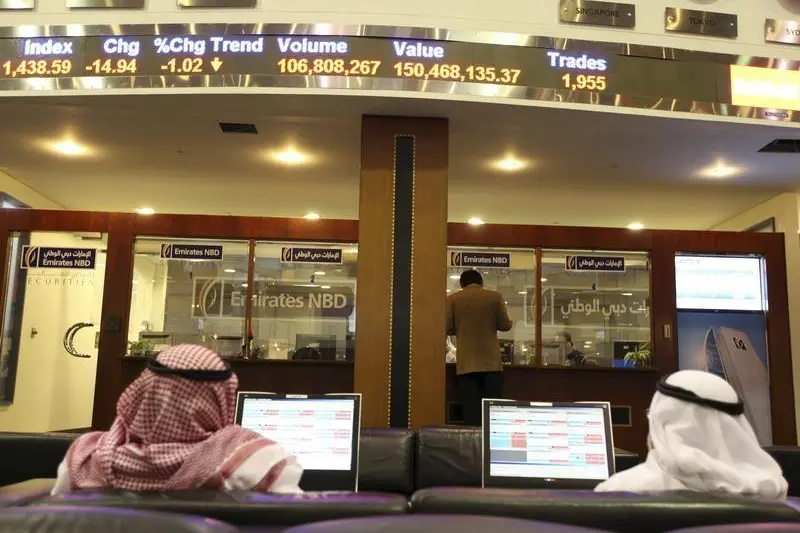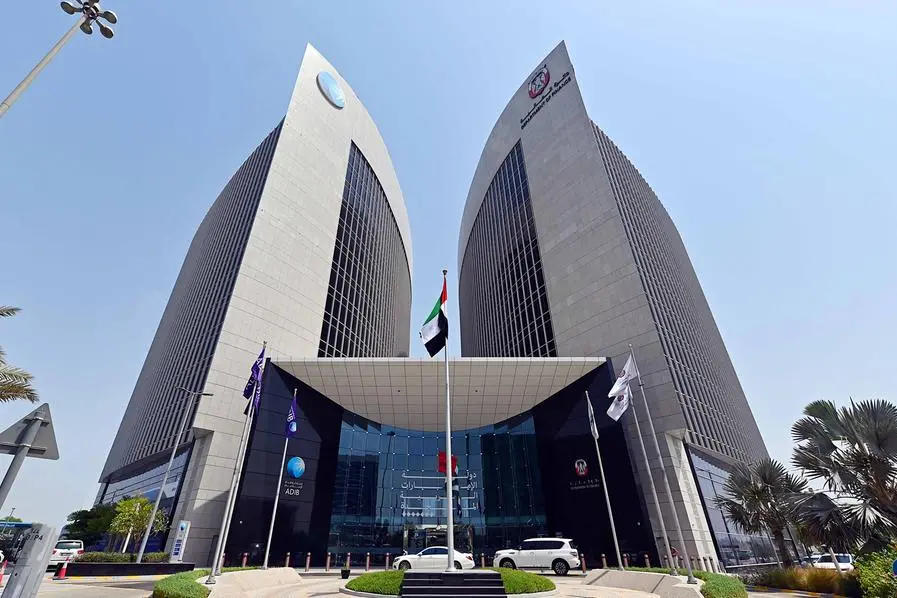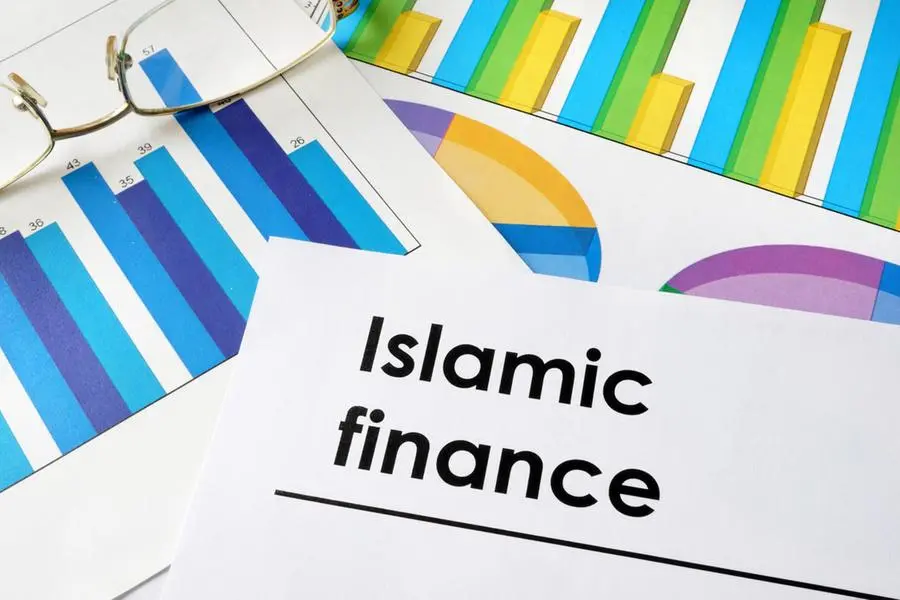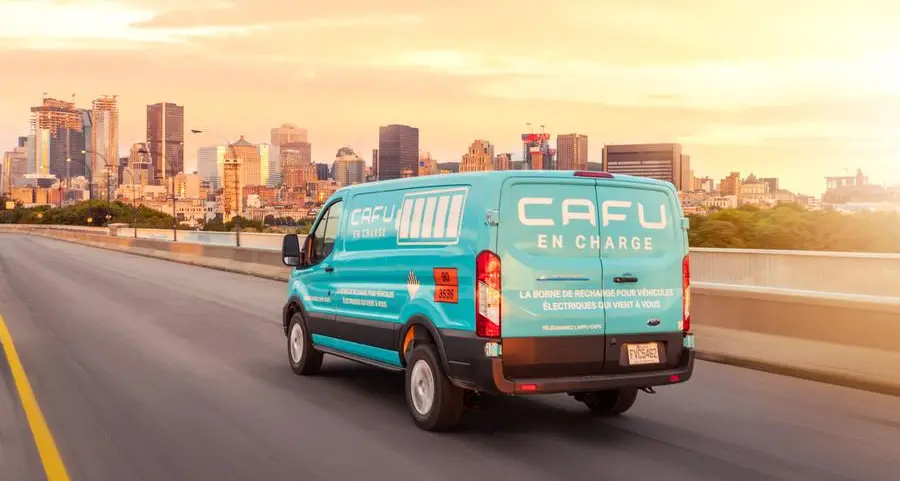
The electricity highway between Ethiopia and Kenya, officially opened in 2023 after more than 10 years of planning and construction, is redefining energy connectivity in East Africa. It is more than a piece of infrastructure, it is an economic and environmental entity, connecting not just power grids but nations and populations.
This vision of a shared energy future runs for 1,045 km between Wolayta-Sodo in Ethiopia and Suswa in Kenya. It enables both countries to pool resources, hydroelectricity from Ethiopia, and geothermal and wind power from Kenya.
Regional Connectivity lies at the heart of the project. As John Mativo, Managing Director of the Kenya Electricity Transmission Company (Ketraco) explains, this project is all about collaboration:
“Around 2010, countries in East Africa, as an energy pool, decided that it was essential to have an interconnected hub so that everyone could use and exploit energy and support each other.”
One of the project’s critical aspects is the use of HVDC (High Voltage Direct Current) technology, which makes it much easier to transport electricity with long distance transmission lines as Tewoderos Ayalew, the site manager at Ethiopian Electric Power explains:
“The reason we are using HVDC technology is to minimize energy wastage and reduce power losses in the transmission line energy wastage and reduce the costs of constructing transmission lines; it is also easy to operate and improve grid stability in operating the interconnection from the power grids of different countries.”
Hydroelectric dams in Ethiopia produce energy in the form of alternating current, which is transported via the Ethiopian grid to the converter station in Sodo. There, it is converted to Direct Current (DC) and leaves Ethiopia for Kenya, via 1,045 km of overhead transmission line. Once it arrives at the Suswa converter station, it will be converted back to alternating current to be integrated into the Kenyan power grid.
This high voltage DC infrastructure is the only one of its kind in the region and is the foundation of East Africa’s ambition to be interconnected in terms of power exchange and allow cross-border trade in energy.
The total cost of USD 1.26 billion was funded partly by USD 338 million from the African Development Bank. The World Bank, the Agence française de développement (AFD) and the governments of the two countries concerned also contributed.
Significant economic benefits
The project has brought significant economic benefits. For Kenya, where 95 percent of electricity comes from renewable sources, the connection is increasing its competitiveness. Kipkemoi Kibias, General Manager at Ketraco, endorses the project:
“Using clean, renewable energy brings numerousadvantages not just to Kenyans, but to the whole world... it allows us to attract investors, especially in light and heavy industries, who are looking for green energy.”
The project also creates jobs. The development of business zones close to energy infrastructure, like the one near Suswa, creates thousands of jobs and boosts local economic activity. Moreover, the project includes a significant social dimension, notably involving local communities. Out of the 100 employees at the Suswa power station, 70 come from the region, offering opportunities for local development.
For Sylvia Kinaiya, an engineer from the region, the project is also a source of personal pride:
“I am Masai, so for me, it’s a way of giving back to my community,” she says. She also emphasizes that this project proves that it is possible to be both a mother and an engineer, helping to break down gender barriers in technical occupations.
Apart from its economic and social impacts, the project is a model of sustainability, allowing better integration of intermittent renewable energy sources, such as wind power and Solar, into regional networks. According to John Mativo, this infrastructure ensures that “Kenya has enough green energy to support our industrial development while maintaining a small carbon footprint.”
Kenya is already on the way to self-sufficiency in clean energy, with the aim of moving to 100 percent renewable energy by 2030. By connecting its grid to Ethiopia, Kenya can not only stabilize its energy supply but also attract more investment into green energies. This vision is also shared by investors, who see this infrastructure as a guarantee of energy and environmental security.
The Ethiopia-Kenya electricity highway is therefore much more than a simple infrastructure project; it embodies a vision of the future in which green energy becomes the driver of stronger regional cooperation and sustainable development. Thanks to this connection, East African countries can share their energy resources efficiently, while responding to the growing needs of their populations and industries.
The future is bright according to Tweoderos Ayalew:
“We have the potential not only to meet our own needs, but also to supply energy to our neighbours and beyond.”
This pioneering project is thus paving the way to shared prosperity, while putting the region on the path to a sustainable energy transition.
Distributed by APO Group on behalf of African Development Bank Group (AfDB).Album flickr : https://apo-opa.co/3BWI3Os

